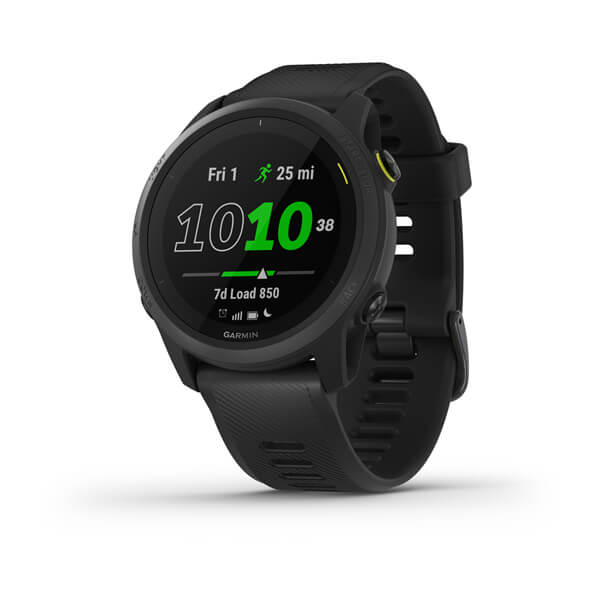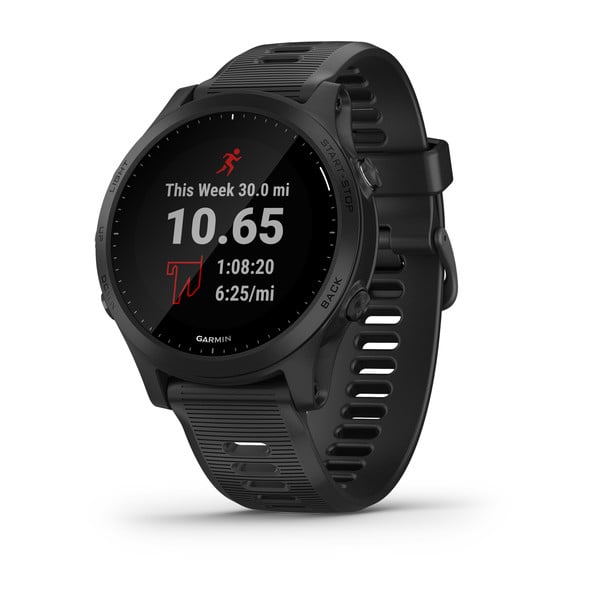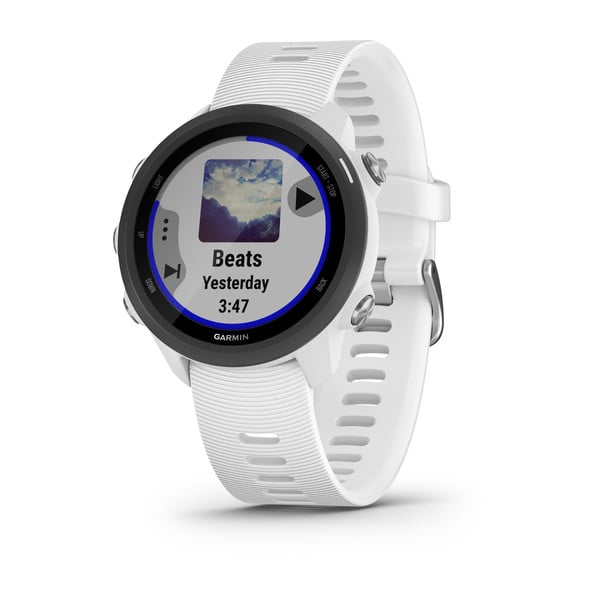
The Importance of Balanced Training for Runners
If you’re a runner looking to beef up your training regimen, the solution might feel obvious. Just log more miles, right? Actually, that’s wrong — or at least partially wrong. Like most other things in life, the answer to becoming a better athlete is taking a more holistic approach. Even if your one true love is pounding the pavement (or the grass, or the gravel or the treadmill — all surface levels are applicable here), diversifying your training routine is key to both reducing the risk of injury and also optimizing your desired results. Variety is, after all, the spice of life.
Ready to get started? Here’s what you need to incorporate into your training regimen, starting immediately.
Recovery Time
If you don’t voluntarily schedule in some rest time, you may be forced to do a whole lot more resting later on down the line when something goes wrong. Taking it easy gives your muscles, bones and tendons the chance to repair, rebuild and strengthen — and not giving them the time to do so makes it much more likely that you’ll experience an injury. No one wants to spend months recuperating from a stress fracture when the problem could’ve been avoided entirely with well-timed rest days — or even low-impact days.
Exactly how much rest you need may depend on your body type and your training plan. If you’ve been training for a big race, for example, Runner’s World recommends a post-race recovery period of one easy day for every mile you raced. You can also watch for signs of fatigue within your own body — poor general performance may be an indicator, and you can always use your Garmin smartwatch to see if your heart rate and breathing rate aren’t at normal levels. A lower-than-normal Body Battery™ score — a feature specific to Garmin fitness watches — may also indicate that you should take a step back and allow your body to rest.
Cross-training
In addition to getting in appropriate amounts of aerobic activity (at least 150 minutes of moderate-intensity cardio, 75 minutes of vigorous-intensity cardio or a mix of the two), the CDC also recommends healthy adults perform muscle-strengthening activities on two or more days per week. These should work all major muscle groups in your body — shoulders, arms, legs, hips, back, chest and abdomen. But for runners, it goes beyond just meeting the CDC’s guidelines for a healthy lifestyle. Cross-training strengthens your muscles and helps to speed your recovery — and will ultimately make you a better runner.
It’s not about beating everyone in the weight room; it’s about giving those muscles some TLC. In fact, you can skip the weight room altogether and squeeze in a strength training workout anywhere, as long as you’ve got one of our Garmin sport watches. Whether you’ve got a set of dumbbells or just plan to complete body weight exercises, be sure to work different muscle groups, to focus on the form rather than the weight and, above all, to breathe.
Balance and Flexibility Exercises
On days where you don’t want to completely rest but you need something gentler than strength-training, try building balance and flexibility exercises into your workout plan. Think yoga, Pilates, tai chi — anything that offers the opportunity to stretch and loosen up your body while practicing mindfulness. Muscles that are well-stretched will have an easier time moving and are ultimately less likely to become injured. In addition to improving your physical stamina, these exercises can benefit you mentally as well — making it less likely that you’ll experience burnout and fatigue as you prep for your next big race.
Ready to get started becoming a better runner by, well, not running? Click here to learn more about how Garmin technology can help you to go the extra mile.







